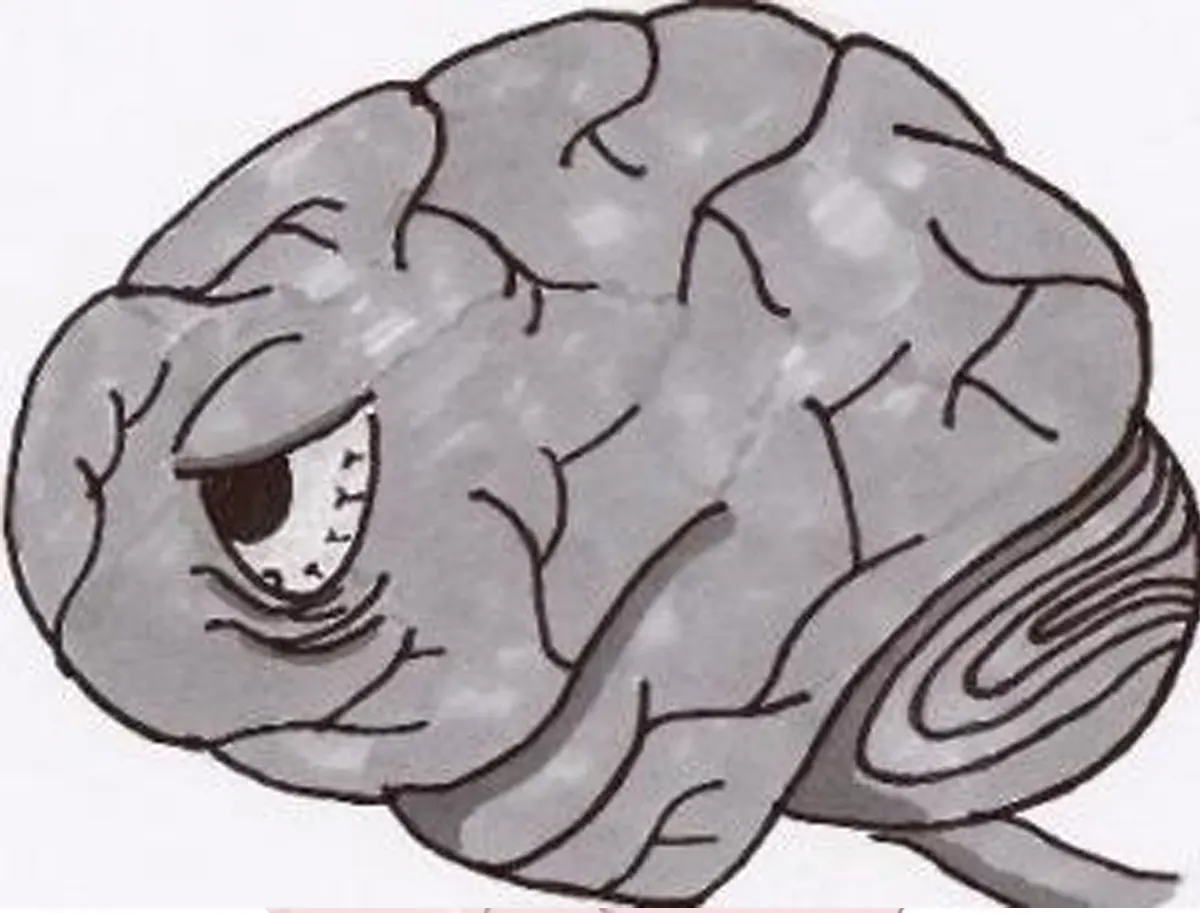Encephalitis lethargica made its first appearance in 1915 in the form of a wide spread epidemic and many epidemics of the disease occurred round about that period. Now the disease is seen in sporadic form.
Encephalitis lethargica involves all age groups and both sexes. There is a seasonal incidence of the disease and it occurs mostly in the early months of the year. It is caused probably by a neurotropic virus which is more akin to that of Japanese encephalitis.
Disease may present either in acute, sub acute or chronic course. It is characterized pathologically by inflammatory and degenerative changes in the thalamus and mid brain (upper part of mid brain, region of oculomotor nuclei and substantia niagra). The basal ganglia, pons and medulla are affected next in frequency. Spinal cord may be diffusely affected.
Clinical features
In the acute stage there is headache, delirium convulsions and severe pain in the back. Disturbance of sleep rhythm, blurred vision or diplopia appear. Patient suffers from insomnia and restlessness at night. Visual disturbance are in the form of irregular, unequal pupils and external opthalmoplegia. Bulbar symptoms like aphasia and hemiplegia are not common. Slight pyramidal tract involvement may be seen. Signs of meningeal irritation are uncommon. Patient may suffer from a variety of involuntary movements (chorea, myoclonus intention tremors etc).

After encephalitis lethargica disease being in acute stage for sometime, it either gets arrested or slowly passes into a chronic stage.
Chronic form of encephalitis lethargica is characterized by features of parkinsonian syndrome, mental symptoms, ocular abnormalities, disturbance of sleep rhythm (somnolence and lethargy) and involuntary movements (Tremors, tics, chorea, torticollis and oculogyric crisis), Metabolic and endocrine abnormalities due to involvement of hypothalamus are uncommon. Parkinson-ism may develop over a period of months or years.
Diagnosis
Encephalitis lethargica is distinguished from other forms of encephalitis by the presence of sleep disturbances (somnolence and lethaiy) and from meningitis by the absence of neck rigidity.
Management
Treatment is symptomatic and complete recovery occurs in only 20% of cases. Those who survive are left with chronic disability. Parkinsonism is treated with levodopa and other anti Parkinson drugs. Other forms of encephalitis may also accompany. Various form of encephalitis have been described from other parts of the world though they are not seen in India. So they will be only briefly mentioned.
Eastern equine encephalitis (EEE) Caused by an alpha virus is seen in eastern coast of USA, Canada, Philippines, Thailand, Poland and USSR.
Encephalitis lethargica disease mainly affects infants, young children and elderly people. The transmission of disease involves mosquitoes and swamp dwelling birds. Equine animals and humans are dead ends in the transmitting of disease.
Clinically features
They are like that of encephalitis though in a more serious form. Mortality is higher in young children and they are left with severe disabilities like mental relardation, blindness, speecb disorders and hemiplegia. Diagnosis is by demonstration of specific 1gM antibodies in CSF.
ST. Louis encephalitis (SLE). It is mainly seen in USA in mid west, Texas, New Jersey and Florida but has been seen in Panama, Brazil, Jamaica and Argentina. Vector here is mosquito of culex family and infection cycle is from wild birds to mosquito to wild birds. Disease in humans appears following mosquito bite.
Clinically there is sub clinical infection in one fourth of cases while in rest there are features of aseptic meningitis, headache urinary frequency and dysuria.
Diagnosis
It is by demonstration of specific antibodies by ELISA test. Mortality rate varies from 2 to 12 per cent. Many patients are left with nervousness, headaches and easy fatigability.
Western equine encephalitis (WEE). It is caused by an alpha virus and is seen in United States, Canada and Brazil. Wild birds infect mosquitoes which feed on them. Mosquitoes of culex family are the main vectors. Disease occurs primarily in young infants or elderly people.
Clinically disease presents in severe form and results in upper motor neuron impairment, extra pyramidal structures and cerebellum producing various neurological deficits. Patients may suffer from convulsions and behavior problem. Very small children may be left behind with sequelae of encephalitis lethargica disease.